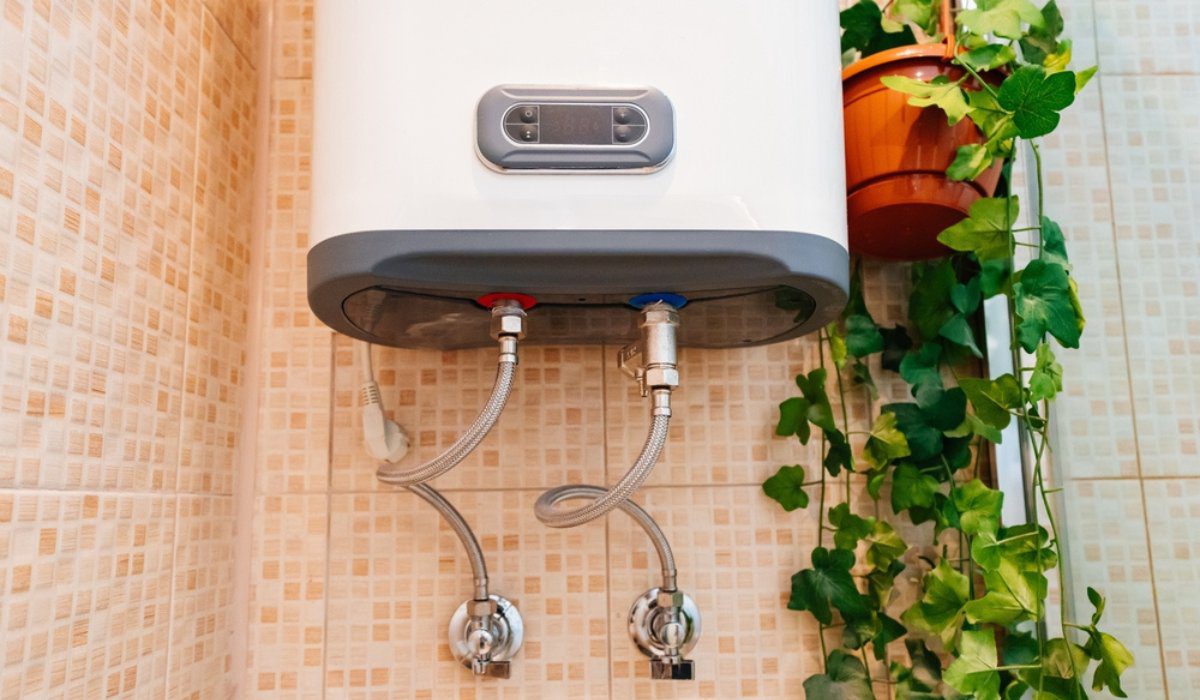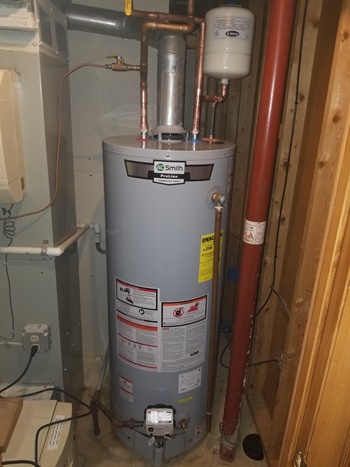Are you currently on the lookout for help and advice on How to Maintain Your Water Heater & Prolong its Life?

Hot water is crucial for daily convenience, whether it's for a revitalizing shower or cleaning recipes. To ensure your warm water system runs efficiently and lasts much longer, normal upkeep is essential. This article offers functional tips and understandings on how to preserve your home's warm water system to avoid disturbances and expensive repair services.
Intro
Preserving your home's warm water system might appear daunting, but with a few basic steps, you can guarantee it operates smoothly for several years to come. This guide covers every little thing from understanding your hot water system to do it yourself upkeep tips and understanding when to call professional assistance.
Value of Maintaining Your Warm Water System
Routine upkeep not only prolongs the life-span of your warm water system but likewise ensures it runs successfully. Overlooking upkeep can bring about decreased efficiency, higher power costs, and even early failure of the system.
Indications Your Warm Water System Needs Maintenance
Understanding when your warm water system requires focus can prevent major problems. Watch out for indicators such as irregular water temperature, strange noises from the heating unit, or rustic water.
Flushing the Water Heater
Flushing your hot water heater gets rid of sediment build-up, boosting performance and prolonging its life.
Checking and Replacing Anode Rods
Anode rods avoid rust inside the storage tank. Checking and replacing them when worn out is important.
Complicated Problems Needing Professional Assistance
Instances consist of significant leakages, electric issues, or if your hot water heater is continually underperforming.
Regular Specialist Upkeep Conveniences
Professional maintenance can consist of thorough examinations, tune-ups, and making sure compliance with safety and security requirements.
Checking and Changing Temperature Settings
Adjusting the temperature setups makes certain ideal performance and safety.
DIY Tips for Upkeep
You can do numerous upkeep tasks on your own to keep your warm water system in top problem.
Looking for Leakages
Regularly examine pipes and links for leakages, as these can cause water damages and greater bills.
Understanding Your Hot Water System
Before diving into maintenance jobs, it's handy to comprehend the standard parts of your warm water system. Typically, this consists of the water heater itself, pipelines, anode poles, and temperature controls.
Monthly Upkeep Tasks
Regular month-to-month checks can assist catch minor problems before they rise.
Checking Pressure Relief Valves
Examining the stress safety valve guarantees it operates properly and prevents too much pressure build-up.
Protecting Pipes
Protecting hot water pipelines decreases heat loss and can conserve energy.
When to Call a Specialist
While DIY maintenance is useful, some concerns need expert proficiency.
Final thought
Regular upkeep of your home's hot water system is important for performance, longevity, and price savings. By adhering to these tips and understanding when to look for professional aid, you can ensure a reputable supply of warm water without unexpected interruptions.
Water Heater Maintenance Tips
Test the TPR Valve
Shut off the power and the cold-water supply valve. Place a bucket under the pipe connected to the temperature-pressure-release (TPR) valve on the top or side of the tank. (This valve opens if the tank pressure gets too high.) Lift the valve’s tab to let some water out, then let go. If water keeps flowing, drain the tank partway, unscrew the old valve with a pipe wrench, and install a new one. Check the Anode Rod
Put a hose to the tank’s drain cock and let out a few gallons of water. Now fit a 1 1/16-inch socket onto the rod’s hex head on top of the heater (or under its top plate) and unscrew the rod. If it’s less than ½ inch thick or coated with calcium, buy a new one, wrap its threads with Teflon tape, put it back in the tank, and tighten securely. Use this segmented rod if headroom above the tank is limited. Drain the Tank and Wash Out Sediment
Drain the remaining water in the tank into the bucket, then stir up the sediment on the tank’s bottom by briefly opening the cold-water supply valve. Drain and repeat until clean water comes out of the hose. Close the drain cock, refill the tank, and turn its power back on. Adjust the Temperature
Find the temperature dial on the side of the tank and unscrew its cover. Adjust the dial to 120 degrees using a flathead screwdriver. For every 10 degrees the temperature is lowered, you can expect to save up to 5 percent in energy costs. Turn the water heater off or the thermostat down to its lowest setting if you plan to be away from home for more than three days. Insulate the Pipes
Buy some self-sticking 3/8-inch-thick foam pipe insulation that matches the pipes’ diameter. Slide the foam over the hot-and cold-water pipes as far as you can reach. Insulating the cold-water pipe prevents condensation in summer. Peel the tape and squeeze the insulation closed. If the pipe is 6 inches or less from the flue, cover it with 1-inch-thick unfaced fiberglass pipe wrap. https://www.thisoldhouse.com/plumbing/21016402/how-to-maintain-a-water-heater

As a keen reader on Water Heater Maintenance Tips You Can't Afford to Forget, I think sharing that editorial was important. Sharing is good. Helping others is fun. Thanks a bunch for your time. Please check our site back soon.
Further Details